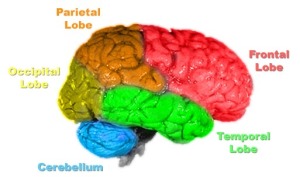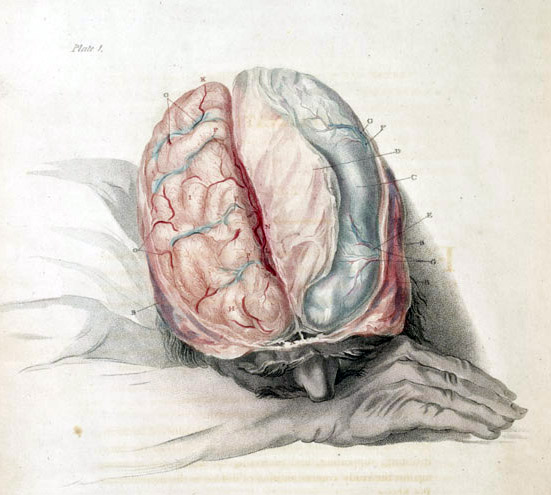Once upon an idea
Ideas, ideas, ideas everywhere. In a fast-developing world like ours, creativity drives us. Creativity generates ideas, and when ideas materialize, humanity advances. One idea at a time.
In the simplest of terms, creativity is the ability to connect knowledge and experiences in the subconscious, merging ideas. Creativity is what brought us the car, refrigerator, and computer. Through creative innovation, technologies improve and better serve users. Yet, despite all this progress, creativity is still considerably undervalued. Our world began once upon an idea.
When speaking of creativity, it is impossible not to mention the phenomenon researchers refer to as flashes of insight. Have you ever experienced one of those eureka moments when you relax your mind and without thinking methodically or logically, solutions just come to you? If so, you’ve experienced a flash of insight.
You might have heard that the right side of your brain is the creative part, and the left side is your logical, analytical part. Wikimedia
This is partially correct: on both sides of the brain you have a brain lobe called the superior temporal gyrus, the creative spot where flashes of insight occur. The brain cells in your left hemisphere have much shorter dendroids than the right hemisphere, so they pull significantly less information from nearby. The cells on the right hemisphere branch out into much wider and distant areas in the brain, allowing ideas to come together—it’s where the magic happens. All ideas are drawn into the superior temporal gyrus. When you experience a flash of insight, the left lobe doesn’t really react, while the right one does.
Such flashes of insight can be serendipitous. Take the invention of the Post-It notes, for example. Dr. Spencer Silver, a chemist at 3M corporation, was originally trying to develop a super-strong adhesive, but he created a reusable, pressure-sensitive adhesive instead. A few years later, during a seminar, he had the idea to use the adhesive to attach notes to surfaces. Championed by his colleague Arthur Fry, the invention was pursued further. Originally named “Press n’ Peel,” Post-Its reached US stores in 1980 and since then have become ubiquitous, available in a range of colors, shapes, and sizes. This discovery shows that even failures can turn into successes, if you are a creative thinker.
By now you may be thinking, Ugh, it’s so simple: all I need is a chair to sit on and time to come up with a creative idea that will change the course of history! Well, that’s not exactly how creativity works. Professor and neuropsychologist Rex Jung, discovered that ideas and creative thinking are closely linked to the frontal lobes, another region in your brain that acts as a gatekeeper, decreasing your ability to come up with creative solutions. But when you allow your mind to wander freely, your frontal lobes enter a sort of temporary sleep mode. As a result, ideas flow from your unconscious into your conscious mind. The light bulb turns on and ideas arise.
So those of us who let our minds wander have an advantage when it comes to creative thinking: our frontal lobes are not controlling as much, allowing them to have flashes of insight more often, and think differently—and be creative. On the other hand, if you are one of those frontal-lobe people, who lives by reason and planning, don’t let this information deter you. The greatest truth you can get out of this research is that you—yes, you—do have a creative mind. So use it.
Sources: cometoknow.com

This is Fe’s third and final year in The Talon as Features Editor. Fe spends her time reading non-fiction books, learning eccentric words, collecting...









